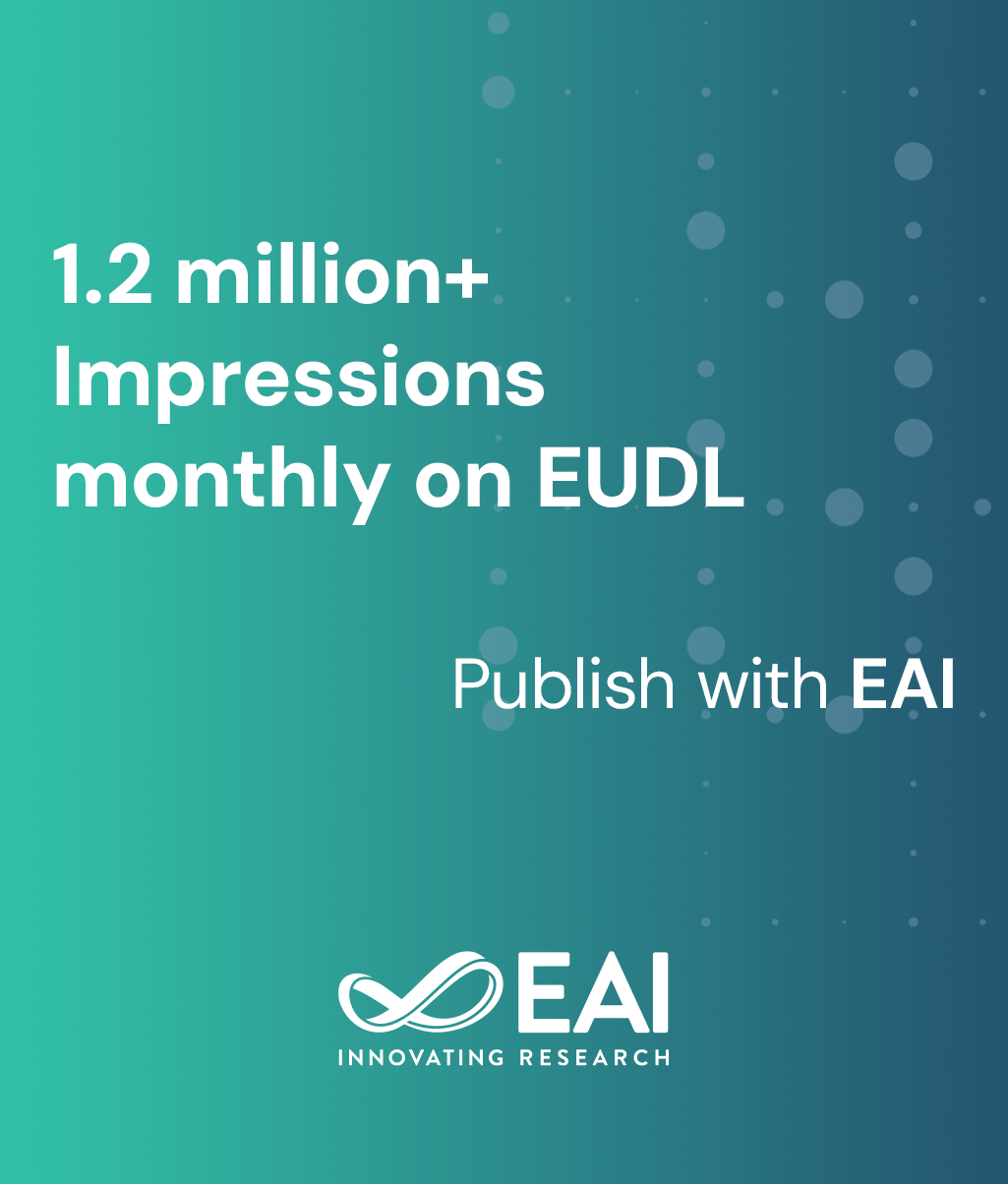
Research Article
Explainable AI Based Deep Ensemble Convolutional Learning for Multi-Categorical Ocular Disease Prediction
@ARTICLE{10.4108/airo.9234, author={Abu Kowshir Bitto and Rezwana Karim and Mst Halema Begum and Md Fokrul Islam Khan Khan and Dr. Md. Maruf Hassan and Prof. Dr. Abdul kadar Muhammad Masum }, title={Explainable AI Based Deep Ensemble Convolutional Learning for Multi-Categorical Ocular Disease Prediction}, journal={EAI Endorsed Transactions on AI and Robotics}, volume={4}, number={1}, publisher={EAI}, journal_a={AIRO}, year={2025}, month={7}, keywords={Eye Disease, Deep Ensemble Learning , Transfer Learning , Explainable AI, Ocular Disease}, doi={10.4108/airo.9234} }- Abu Kowshir Bitto
Rezwana Karim
Mst Halema Begum
Md Fokrul Islam Khan Khan
Dr. Md. Maruf Hassan
Prof. Dr. Abdul kadar Muhammad Masum
Year: 2025
Explainable AI Based Deep Ensemble Convolutional Learning for Multi-Categorical Ocular Disease Prediction
AIRO
EAI
DOI: 10.4108/airo.9234
Abstract
Diseases of the eye such as diabetic retinopathy, glaucoma, and cataract remain among the leading causes of blindness and vision impairment worldwide. Diagnosis in its early stages followed by early treatment is crucial to preventing permanent loss of vision. Recent advances in Artificial Intelligence (AI), particularly Transfer Learning and Explainable AI (XAI), have proven highly promising in automating the identification of retinal pathologies from medical images. In this paper, we propose an ensemble deep learning approach that integrates four pre-trained convolutional neural networks, i.e., VGG16, MobileNet, DenseNet, and InceptionV3, to classify retinal images into four categories: diabetic retinopathy, glaucoma, cataracts, and normal. The ensemble method leverages the power of multiple models to improve classification accuracy. Additionally, Explainable AI techniques are applied to make the model more interpretable, with visual explanations and insights into AI system decision-making and thereby establishing clinical trust and reliability. The system is evaluated on a new benchmarked eye disease dataset used from Hugging Face, and the results in terms of accuracy and model transparency are encouraging. This research contributes towards developing reliable, explainable, and efficient AI-driven diagnostic systems to assist healthcare professionals in the early detection and management of eye diseases
Copyright © 2025 Abu Kowshir Bitto et al., licensed to EAI. This is an open access article distributed under the terms of the CC BYNC-SA 4.0, which permits copying, redistributing, remixing, transformation, and building upon the material in any medium so long as the original work is properly cited.


